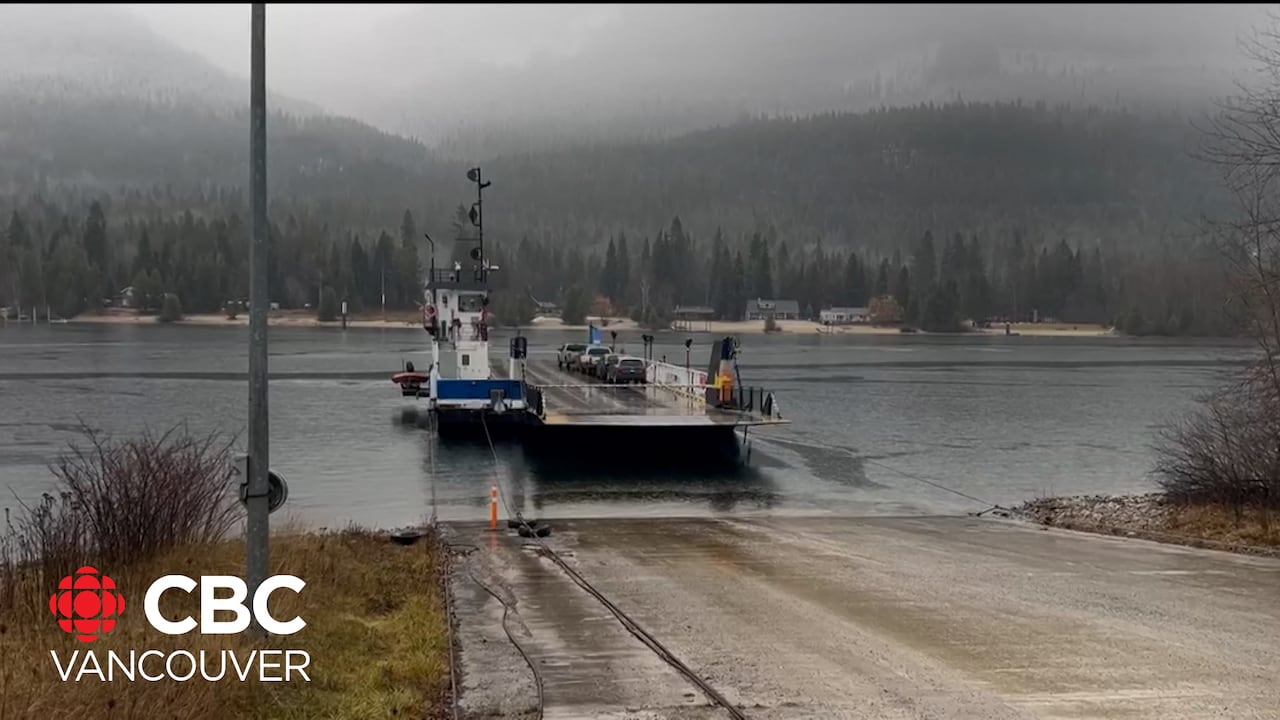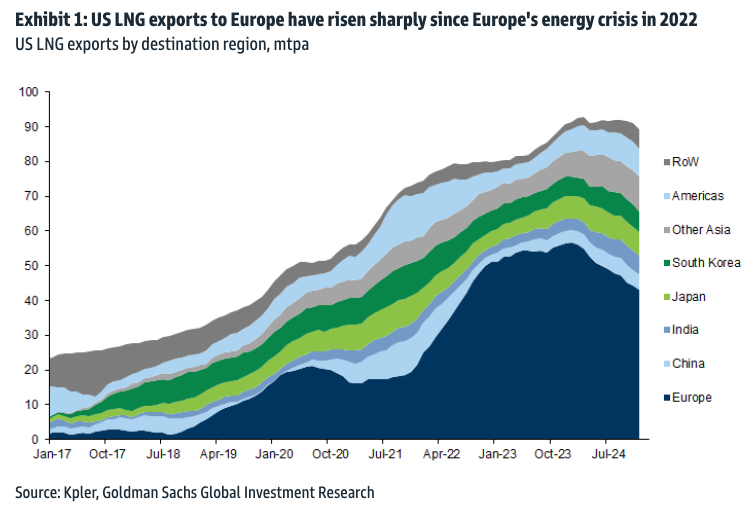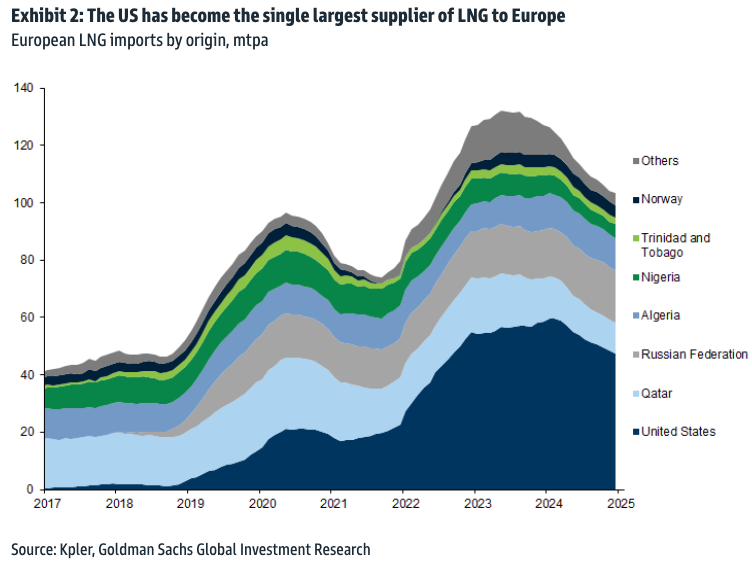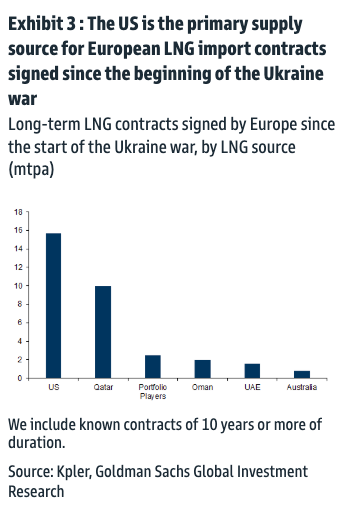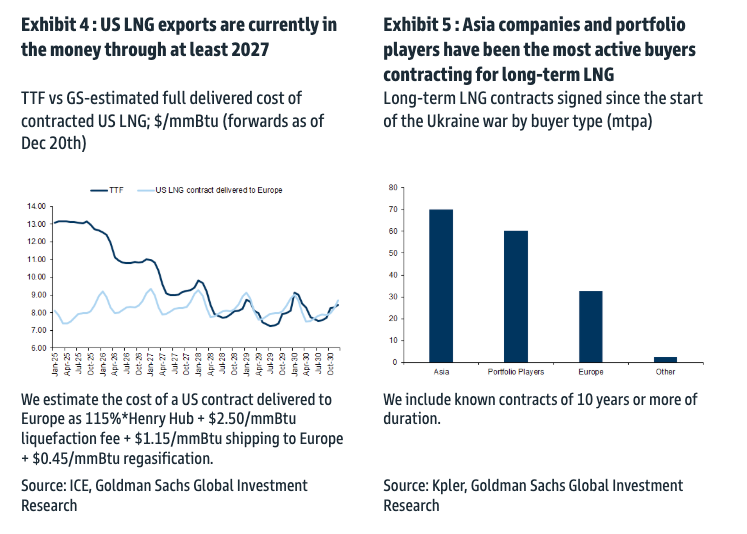Putin Hands Local Company Control of AB InBev’s Russian Unit
Mon, December 30, 2024
(Bloomberg) -- Russian President Vladimir Putin has given a local company control of Anheuser-Busch InBev’s joint venture, upending the brewer’s plans to exit the country via a deal with a Turkish partner.
All the shares of AB InBev Efes Russia, a tie-up between the Belgian brewer and Anadolu Efes of Turkey, are now under the temporary control of the Vmeste group of companies, a presidential decree published Monday said, without giving any details on Vmeste.
In October, Anadolu Efes and AB InBev agreed to swap stakes in their businesses in Russia and Ukraine. Under the deal, the Turkish brewer would become the sole owner of the Russian business, while AB InBev would acquire the Ukrainian unit. AB InBev had previously wanted to sell control of both operations to Anadolu Efes, but Russia objected to that plan.
After Moscow’s latest intervention, it isn’t clear whether AB InBev will eventually be able to exit the country, as other Western companies have managed to do after running into similar hurdles. Also unclear is the status of the Ukrainian part of the deal, which was conditional on regulatory approvals, including a green light from the Kremlin.
Shares of AB InBev, the world’s largest brewer, fell 1.5%. Anadolu Efes shares closed down 10%.
Since Russia’s full-scale invasion of Ukraine, western multinationals have either been scrambling to exit the country with minimal writedowns or looking for ways to continue operating there, while protecting their assets, profits and staff.
Russia has made it harder for companies to get out. Those that want to quit now have to accept a 60% haircut on the sale value. Moscow also seized subsidiaries of companies trying to leave, including Carlsberg A/S and Danone.
The Danish brewer and French yogurt maker were eventually able to regain control of their subsidiaries ahead of sales to buyers approved by the Kremlin. Earlier this month, Carlsberg agreed to sell its Russian business unit Baltika Breweries, one day after Putin signed a decree ending government control of the division.
AB InBev, which has taken a $1.1 billion impairment on the asset, will continue to work with its joint-venture partner, a spokesman said.
“We will comprehensively assess this situation and take all necessary steps in response, together with our JV partner,” Anadolu Efes said in a statement late Monday.
--With assistance from Beril Akman.
(Adds Anadolu Efes statement in final paragraph.)
Most Read from Bloomberg Businessweek





















